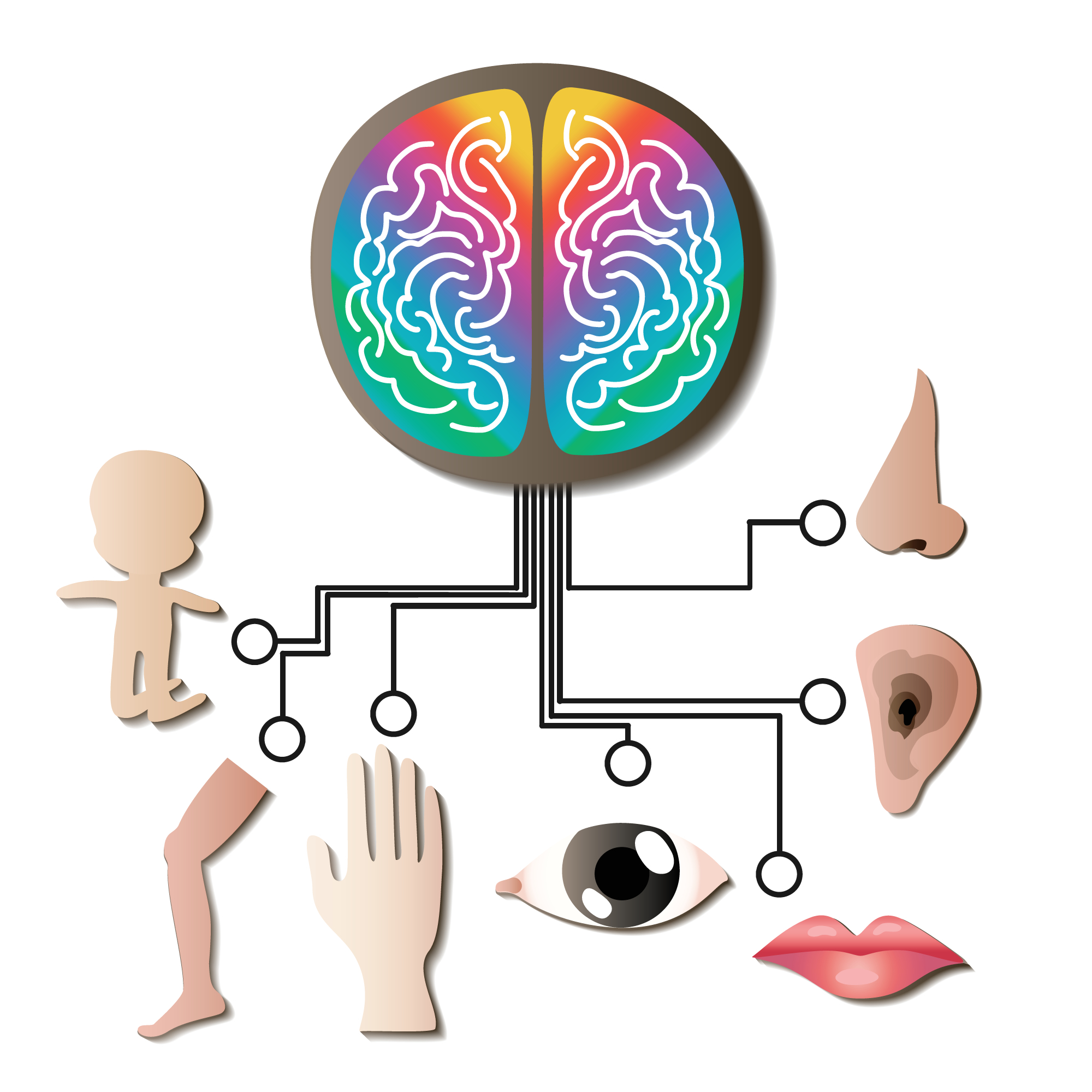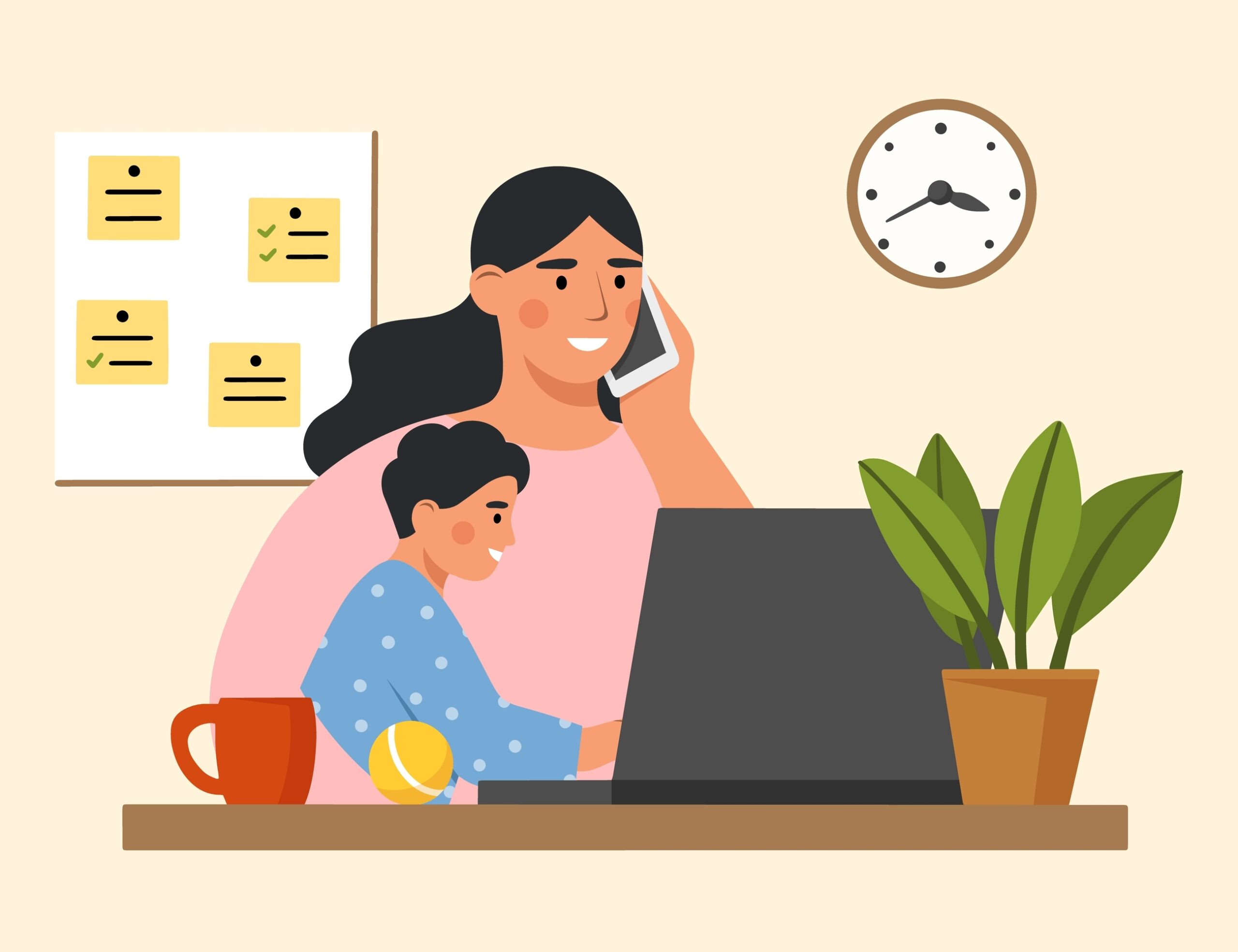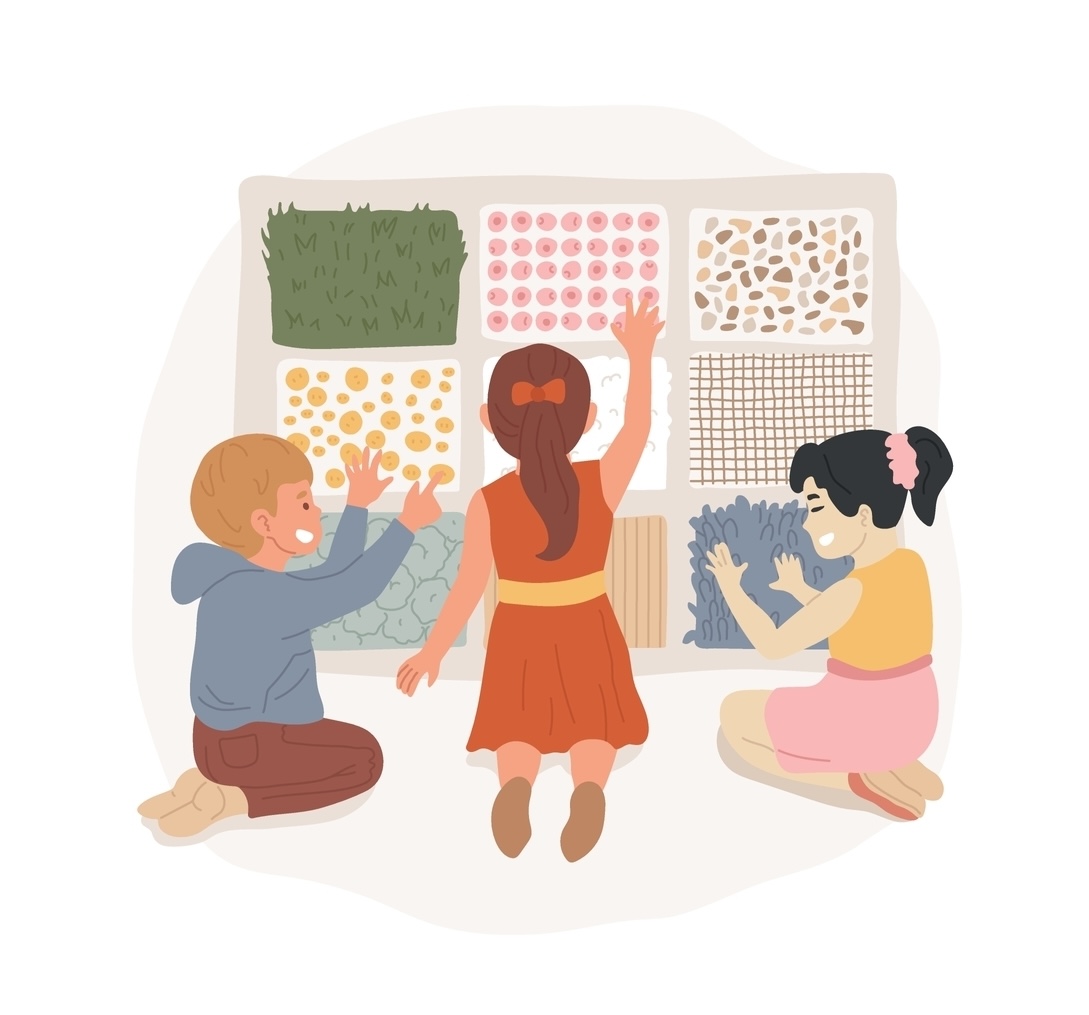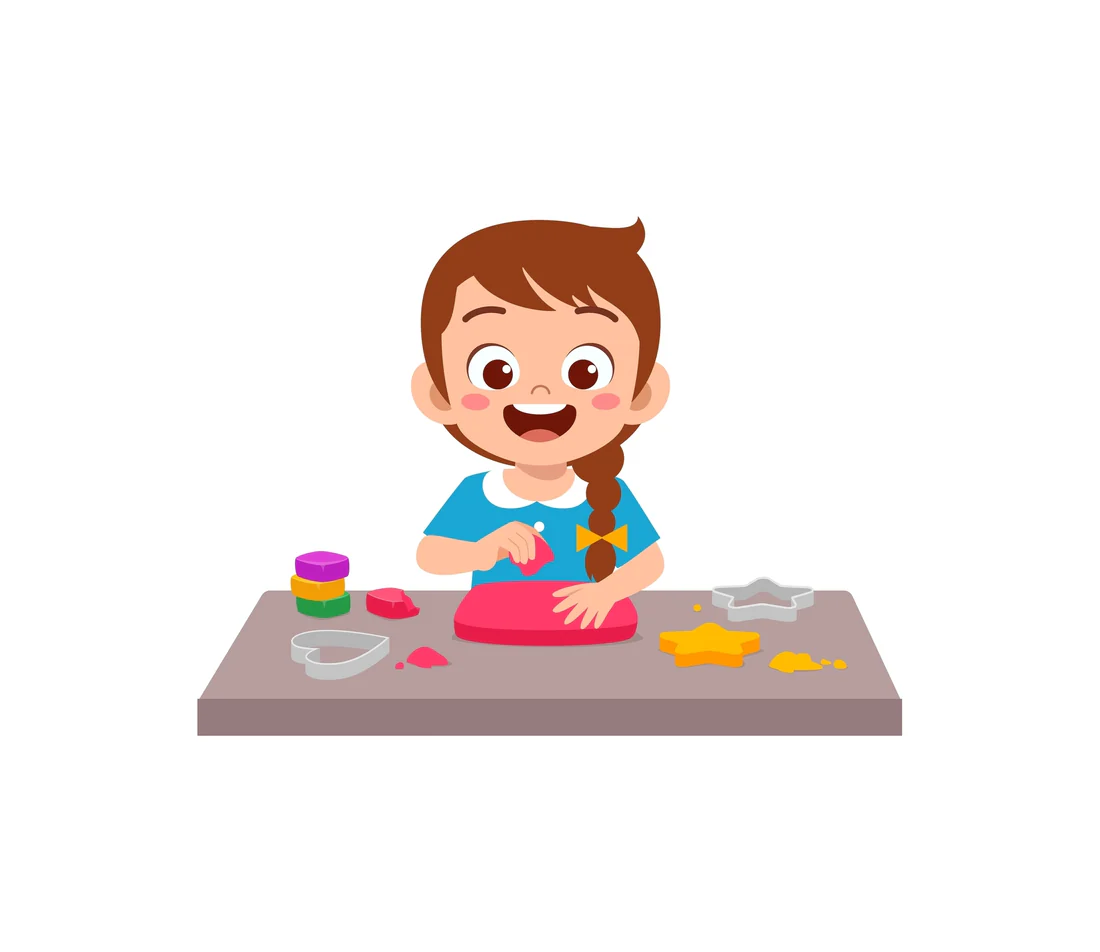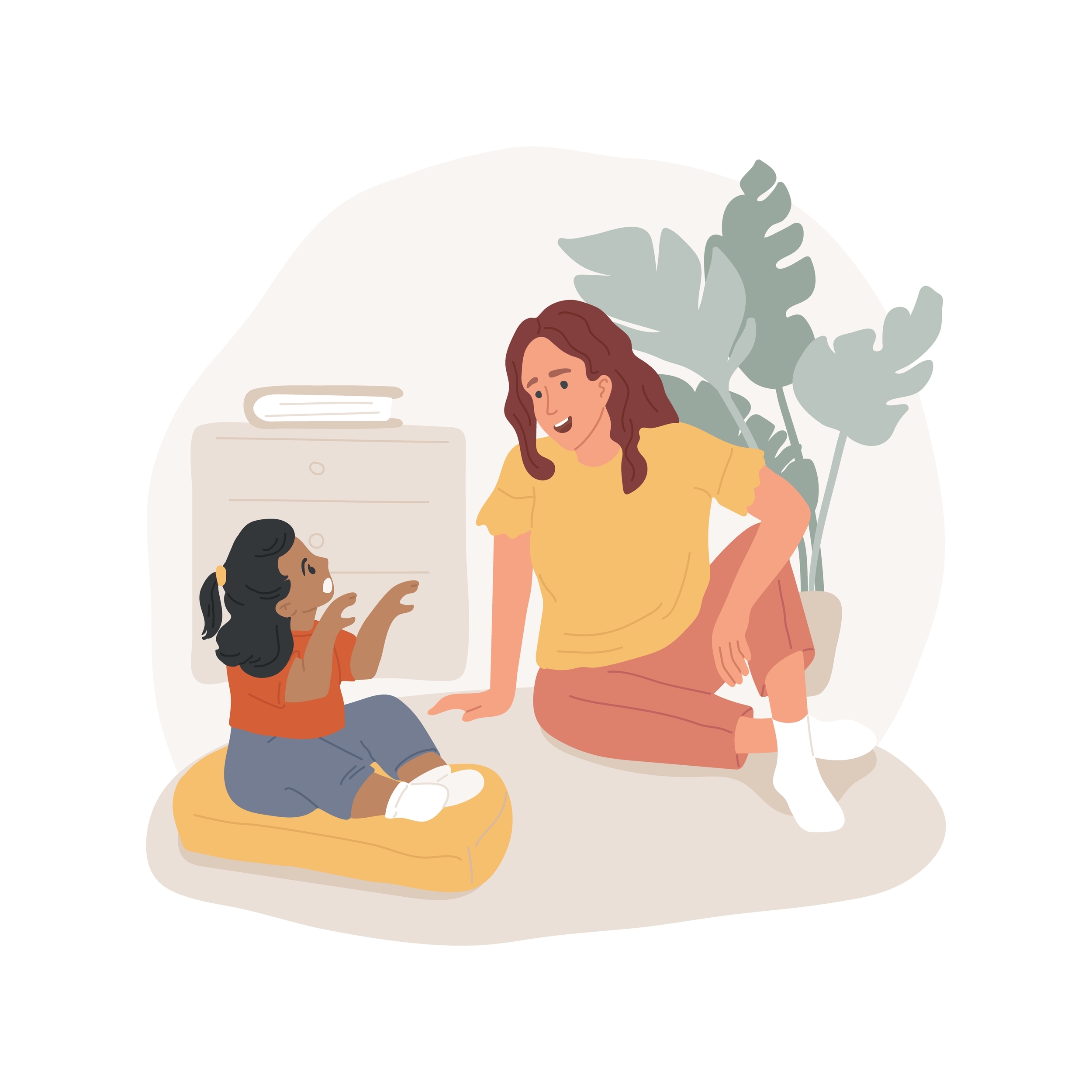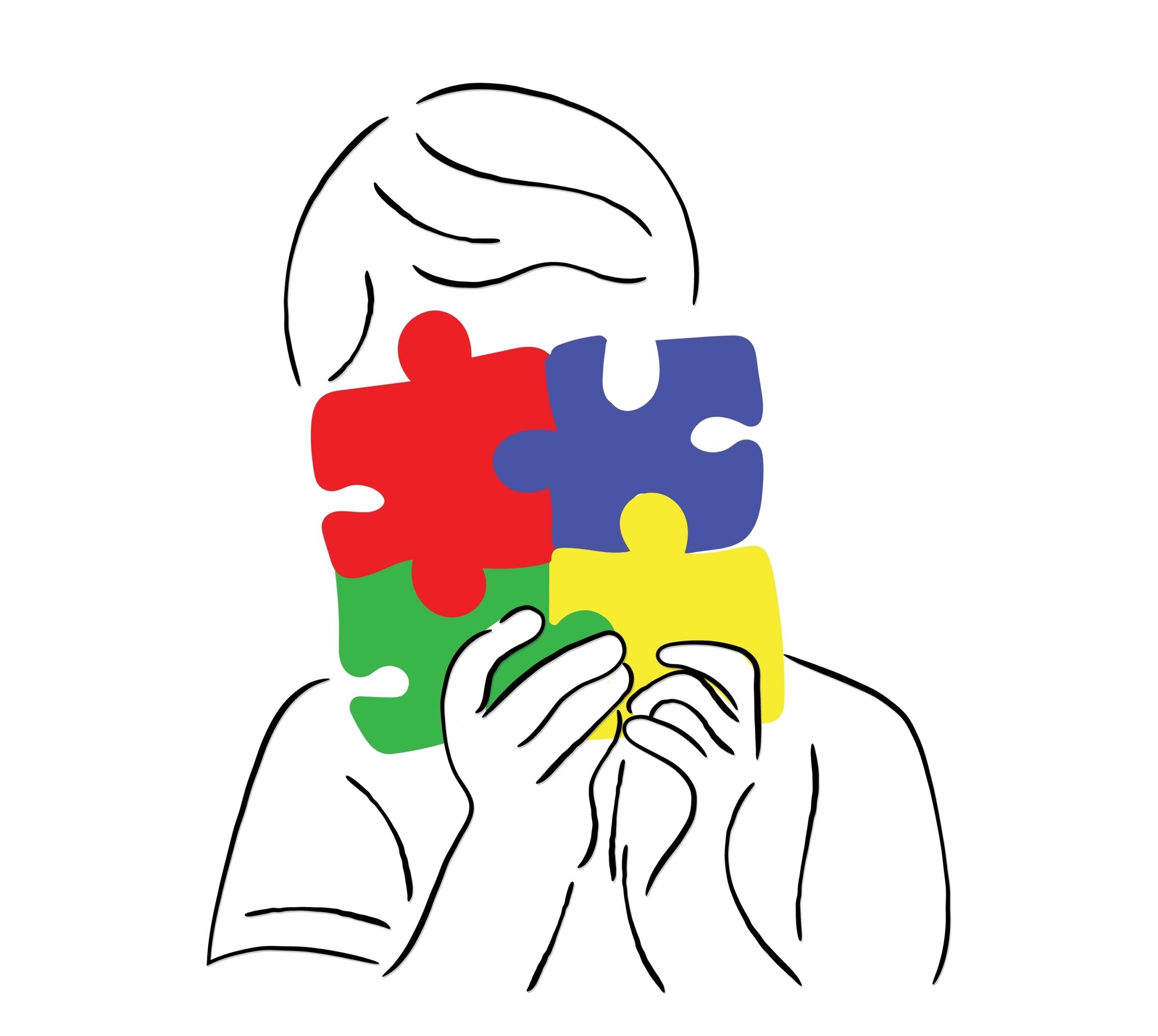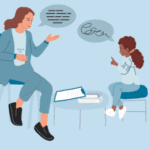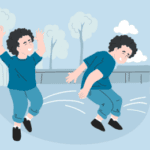
Blog
How to Test for Sensory Processing Disorder at Home
Author: DrSensory
July 31, 2025
How to Test for Sensory Processing Disorder at Home
As a parent, you are the expert on your child. You know their unique quirks, their joys, and their struggles. Sometimes, you may notice behaviors that seem more intense or challenging than those of other children their age. Perhaps your child is extremely sensitive to noise, has big emotional reactions to getting dressed, or is constantly in motion, crashing into everything. These could be signs of Sensory Processing Disorder (SPD), a neurological condition that affects how the brain interprets and responds to sensory information.
It’s important to state clearly that a formal diagnosis of SPD can only be made by a qualified professional, such as an occupational therapist. However, recognizing the signs and using at-home screening techniques can be a crucial first step. It can help you understand your child’s world better and determine if it’s time to seek a professional evaluation.
This guide is designed to empower you with knowledge. We will explore the early signs of SPD, provide simple ways to observe and document sensory behaviors at home, and clarify when and how to seek professional help.
Early Signs of SPD to Watch For
Sensory Processing Disorder can look different in every child. It generally falls into two main categories: sensory over-responsiveness (hypersensitivity) and sensory under-responsiveness (hyposensitivity). Some children may also be sensory seekers, craving intense input. A child can show a mix of these patterns across different senses.
Signs of Over-Responsiveness (Hypersensitivity):
These children feel sensory input too intensely. Their nervous system is on high alert, and everyday sensations can feel overwhelming.
- Touch: Dislikes getting messy (paint, sand, glue), is bothered by clothing tags or certain fabrics, has a strong negative reaction to light touch or unexpected hugs.
- Sound: Is easily startled or fearful of loud noises like vacuums, blenders, or hand dryers. May cover their ears in crowded places.
- Sight: Is sensitive to bright lights, may get overwhelmed in visually “busy” environments like a grocery store.
- Taste/Smell: Is a very picky eater with a limited range of accepted foods, may gag on certain textures, is bothered by smells that others don’t notice.
- Movement (Vestibular): Fears playground equipment like swings or slides, dislikes having their feet off the ground, experiences car sickness easily.
Signs of Under-Responsiveness (Hyposensitivity):
These children have a muted response to sensory input. It takes a lot more input for their brain to register a sensation.
- Touch: May not notice when their hands or face are messy, has a high pain tolerance, may not seem to notice when someone touches them.
- Sound: May not respond when their name is called, seems to be “in their own world.”
- Movement (Proprioception/Vestibular): May have a “floppy” body, lean on furniture or people, seem clumsy, or have poor body awareness.
Signs of Sensory Seeking:
These children actively crave intense sensory experiences.
- Movement: Is constantly on the go, loves to spin, swing, and jump. May seem to take excessive risks on the playground.
- Touch: Seeks out deep pressure by crashing into things, enjoys tight hugs, chews on non-food items (like shirt collars), loves messy play.
- Sound: Loves loud noises, makes loud sounds, and talks or hums constantly.
Simple At-Home Screening Techniques
While you cannot formally “test” for SPD at home, you can become a careful observer to gather valuable information. This process is about documenting patterns of behavior, not labeling your child. Use a notebook or a note-taking app on your phone to track your observations over a week or two.
1. Create a Sensory Checklist:
Make a simple chart with columns for the different senses (Touch, Sound, Sight, Smell/Taste, Movement) and two more columns for “Behavior Observed” and “Child’s Reaction.”
- Example Entry:
- Sense: Touch
- Behavior Observed: Getting ready for school.
- Child’s Reaction: Cried and refused to wear new socks because of the seam. The meltdown lasted 15 minutes.
2. Observe During Daily Routines:
Pay close attention during transitions and everyday activities, as these are often when sensory challenges become most apparent.
- Mealtimes: Does your child struggle with the texture of certain foods? Do they only eat foods of a specific color or temperature? Do they have trouble sitting still at the table?
- Getting Dressed: Are there battles over specific clothes, socks, or shoes?
- Bath Time: How do they react to the water temperature or the feeling of being washed?
- Playtime: Do they avoid certain toys or activities? Do they play in a way that seems overly rough or, conversely, extremely passive?
3. Set Up “Sensory Experiments”:
Introduce different sensory experiences in a playful, no-pressure way to see how your child responds.
- Messy Play: Set up a bin with sand, water beads, or shaving cream. Do they dive in eagerly, or do they refuse to touch it?
- Movement Play: Visit a park. Do they crave the swings and spinning equipment, or do they avoid them? Do they seem clumsy or uncoordinated when running and climbing?
- “Heavy Work” Activities: Ask your child to help carry groceries, push a laundry basket, or have a pillow fight. Do these activities seem to calm and organize them?
This documented information will be incredibly valuable if you decide to pursue a professional evaluation. It provides the therapist with a detailed picture of your child’s life outside of the clinic.
When to Seek Professional Help
At-home observation is a great start, but if your child’s sensory challenges are consistently impacting their ability to function and thrive, it’s time to consult a professional.
You should seek an evaluation if:
- The sensory issues are interfering with daily routines like eating, sleeping, or getting dressed.
- Your child is having difficulty participating in age-appropriate school or social activities.
- The behaviors are causing significant stress for the child or the family.
- Your child’s emotional reactions seem disproportionate to the situation.
- You notice delays in motor skills, language development, or academic performance.
An occupational therapist (OT) with specialized training in sensory integration is the primary professional for diagnosing and treating SPD. Your pediatrician is a good first point of contact. They can provide a referral to an OT and rule out any other medical conditions that could be causing the symptoms.
An OT evaluation will involve standardized testing, clinical observations, and a detailed discussion with you about your child’s history and your at-home observations. The goal is to create a complete sensory profile of your child, which will then be used to develop a personalized therapy plan.

Frequently Asked Questions (FAQs)
❓Is Sensory Processing Disorder the same as autism?
No, SPD and Autism Spectrum Disorder (ASD) are distinct diagnoses. However, many individuals with autism also have sensory processing challenges. It is possible to have SPD without having autism. A comprehensive evaluation can help differentiate between the two.
❓Can a child outgrow Sensory Processing Disorder?
A child doesn’t typically “outgrow” SPD, but with the right support and therapy, they can develop effective strategies to manage their sensory needs. Occupational therapy helps the brain learn to process sensory input more effectively, which can significantly reduce the impact of SPD on daily life.
❓What is a ``sensory diet``?
A sensory diet is a personalized plan of sensory activities designed by an occupational therapist. Just like a nutritional diet, it provides the specific sensory input a child’s nervous system needs to stay calm and organized throughout the day. It might include activities like jumping on a trampoline, swinging, or using a weighted blanket.
❓How can I find an occupational therapist who specializes in SPD?
You can start by asking your pediatrician for a referral. Professional organizations like the STAR Institute for Sensory Processing and the American Occupational Therapy Association (AOTA) also have online directories to help you find qualified therapists in your area.
❓Are there simple things I can do at home to help my sensory-sensitive child?
Yes. Creating a predictable routine, providing a quiet space for them to retreat to, giving warnings before transitions, and honoring their sensory limits can make a big difference. For example, if your child is sensitive to noise, consider using noise-canceling headphones in loud environments. If they dislike seams in socks, try seamless socks.
related blogs
Your child is constantly moving, crashing into furniture, or having meltdowns in response to seemingly minor things like a loud
Your toddler refuses to wear certain clothes, has huge meltdowns in noisy places, or is an extremely picky eater, limited
Your child seems to miss verbal instructions, struggles to follow conversations in noisy environments, and often asks "what?" even when
On the surface, autism and Ehlers-Danlos syndrome (EDS) might seem like two entirely unrelated conditions. One is a neurodevelopmental condition
The intense head pain begins, lights feel blindingly bright, and every sound seems amplified to an unbearable level. You retreat





































